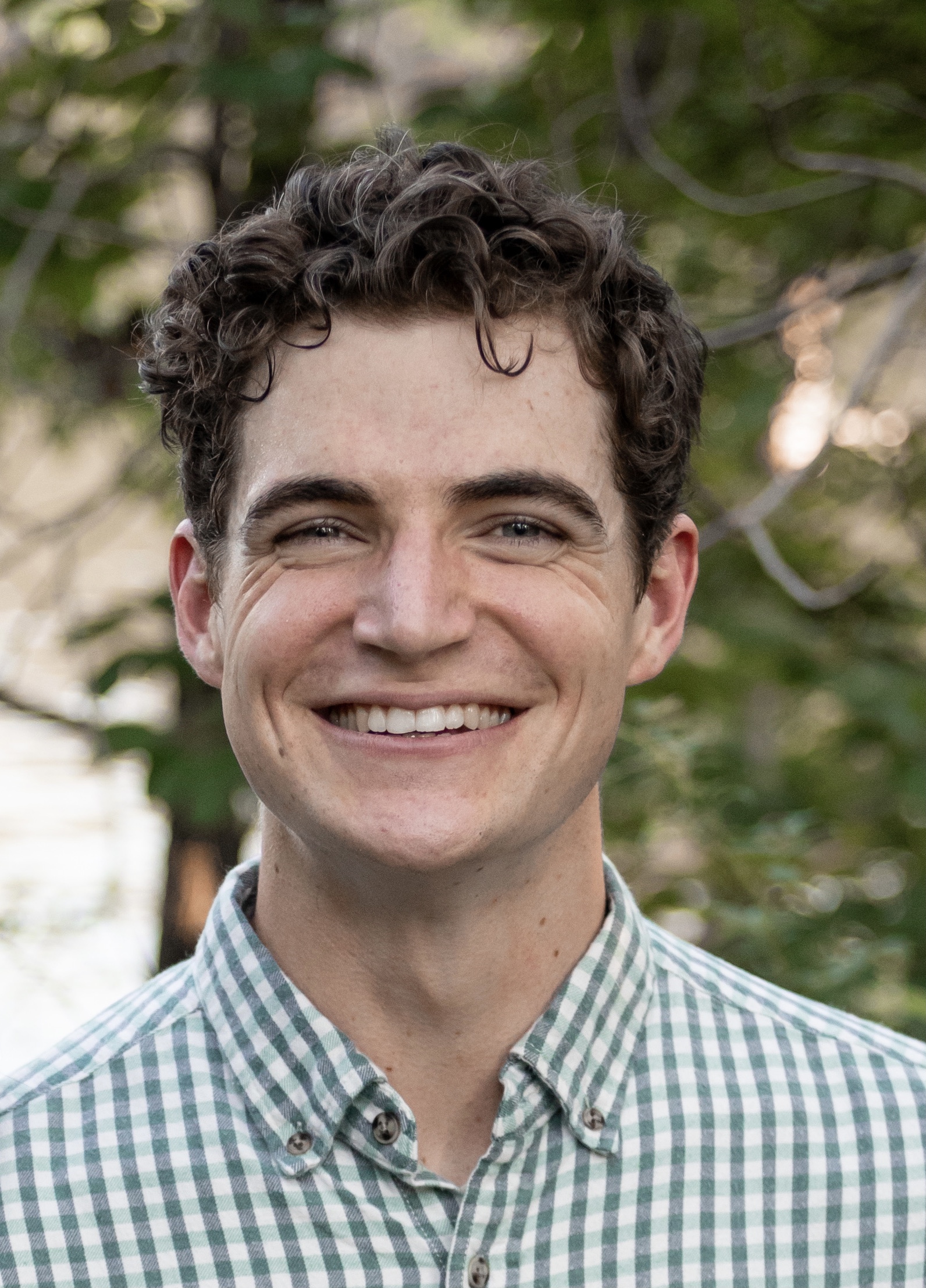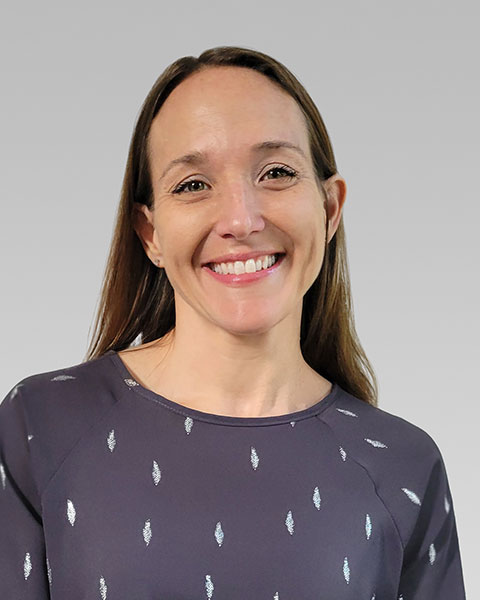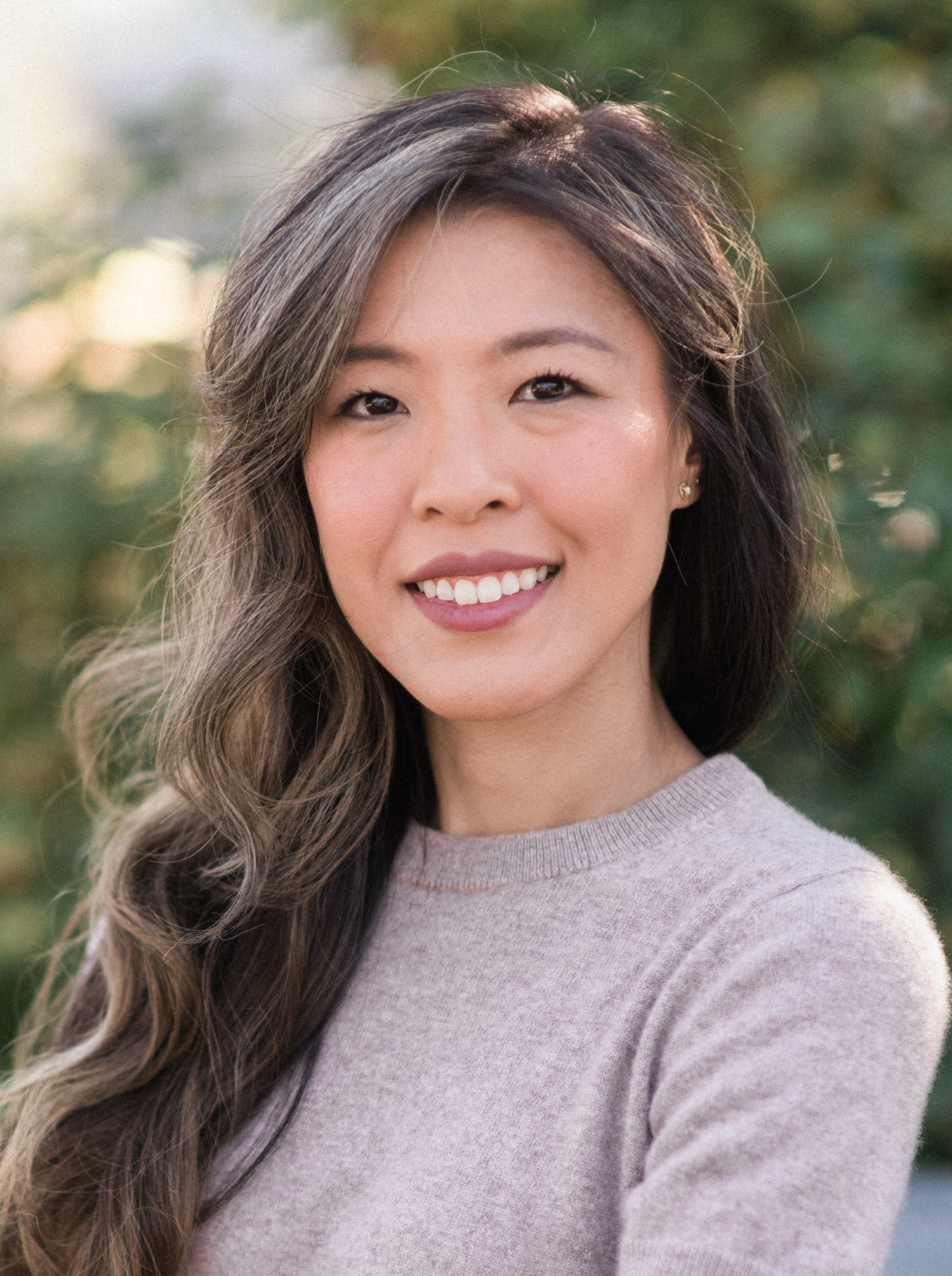Adult - Anxiety
Death Anxiety, Insomnia, and Posttraumatic Stress among Frontline Healthcare Providers: Insights in the Wake of the COVID-19 Pandemic
(PS2-15) Death Anxiety, Insomnia, and Posttraumatic Stress Among Frontline Healthcare Providers: Insights in the Wake of the COVID-19 Pandemic

Benjamin Barnette, M.S.
Doctoral Student
Seattle Pacific University
Bellevue, Washington, United States- NM
Nicole L. Moreira, M.A., M.S.
Doctoral Candidate
Seattle Pacific University
Seattle, Washington, United States 
Katherine L. OConnell, M.S. (she/her/hers)
Doctoral Candidate
Seattle Pacific University
Mercer Island, Washington, United States- AT
Ashley D. Taylor, None
Research Assistant
Seattle Pacific University
Coupeville, Washington, United States - EM
Erin McMeekin, B.S.
Doctoral Student
Seattle Pacific University
Snoqualmie, Washington, United States 
Keyne C. Law, Ph.D.
Assistant Professor
Seattle Pacific University
Seattle, Washington, United States
Author(s)
Co-Author(s)
Frontline healthcare providers (HCPs) faced significant challenges during the COVID-19 pandemic, including elevated rates of sleep disturbances and posttraumatic stress (Hernández-Bojorge et al., 2023). Insomnia and posttraumatic stress are associated with adverse outcomes among HCPs, such as drinking to cope (Beck et al., 2023; Lee et al., 2021), suicidal ideation (Bruffaerts et al., 2021; Lin et al., 2022), and heightened death anxiety and fear of COVID-19-related illness (Lin et al., 2022; Zhang et al., 2020). To expand on this research, we aimed to investigate potential within-group variability among HCPs amidst the COVID-19 pandemic. Specifically, we examined whether HCPs with vs. without insomnia or posttraumatic stress symptoms (PTSS) would differ in their ratings on multiple adverse experiences. We hypothesized that HCPs with insomnia or PTSS would report greater suicidal ideation severity, perceived burdensomeness, thwarted belongingness, alcohol misuse, and death anxiety, and lower fearlessness about death.
Fifty-four frontline HCPs (85% cisgender female, 87% White, 53% married) completed self-report measures including the Revised Death Anxiety Scale (Thornson et al., 1992), Beck Scale for Suicidal Ideation (Beck et al., 1979), the revised Acquired Capability for Suicide Scale (ACSS-FAD, Ribeiro et al., 2013), PTSD Checklist for the DSM-5 (PCL-5, Weathers et al., 2013), Alcohol Use Disorders Identification Test (Saunders et al., 1993), and Insomnia Severity Index (ISI, Bastien et al., 2001). Respondents also answered questions about their personal history of COVID-19-related events impacting themselves and their relationships (e.g., “Have you lost any patients/colleagues/family members during the pandemic?”). Two groups were formed: (a) those meeting criteria for provisional PTSD (Blevins et al., 2015) and/or probable insomnia (Morin et al., 2011; n = 27) and (b) those below cutoffs on both scales (n = 27).
An omnibus ANOVA revealed a large group effect on death anxiety (F[1,51]=8.580, p< .01, η2=0.144), such that HCPs meeting cutoffs reported higher death anxiety (Mdiff = 12.23, p< .01) compared to those below cutoffs. Another omnibus ANOVA found a medium group effect on perceived burdensomeness (F[1,34.2]=5.440, p< .05, η2=.098), such that HCPs meeting cutoffs reported higher perceived burdensomeness (Mdiff = .363, p</span>< .05). All other effects were statistically nonsignificant. Further, a chi-square test found no significant association between groups and the number of COVID-19-related events endorsed (χ² = 11.72, df = 9, p = .229). Our findings suggest HCPs endorsing elevated PTSS or insomnia symptoms during the pandemic may experience greater death anxiety and perceived burdensomeness than their counterparts without significant symptomology. Death anxiety and perceived burdensomeness may be important themes for incorporation into workplace and mental health interventions for those with elevated symptomology in the wake of the COVID-19 pandemic. To elaborate on these results, we plan to code transcripts of respondents’ dialogue and apply thematic analysis to better understand how HCPs during the pandemic describe their own anxiety about death and identify emergent themes among this sample.

.png)
